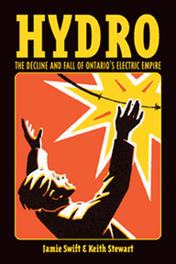Technology & Engineering

L' Alberta Autophage
Identités, mythes et discours du pétrole dans l'Ouest canadien
edition:eBook

Landing Native Fisheries
Indian Reserves and Fishing Rights in British Columbia, 1849-1925
More Info

Le Nouveau roman de l'énergie nationale
Analyse des discours promotionnels d'Hydro-Québec de 1964 à 1997
edition:eBook







